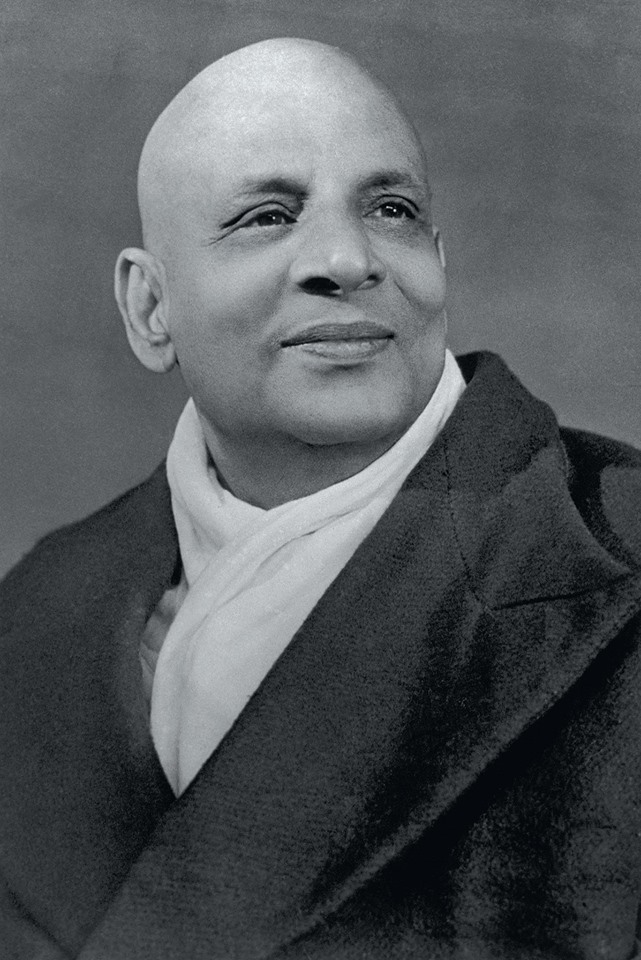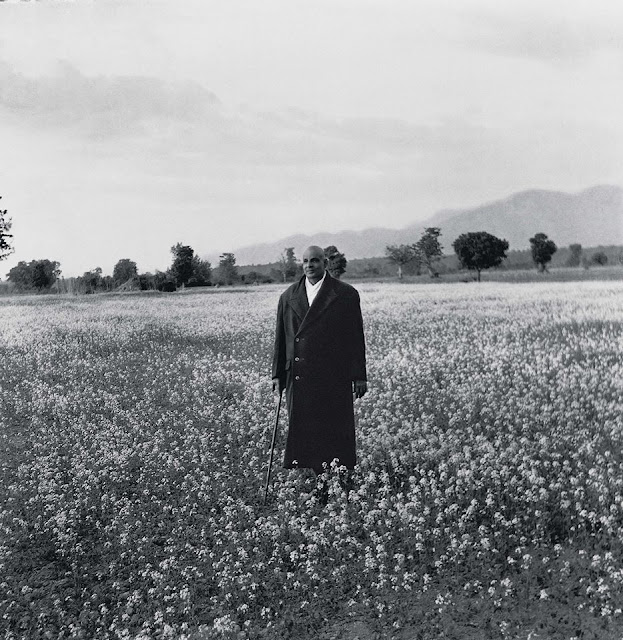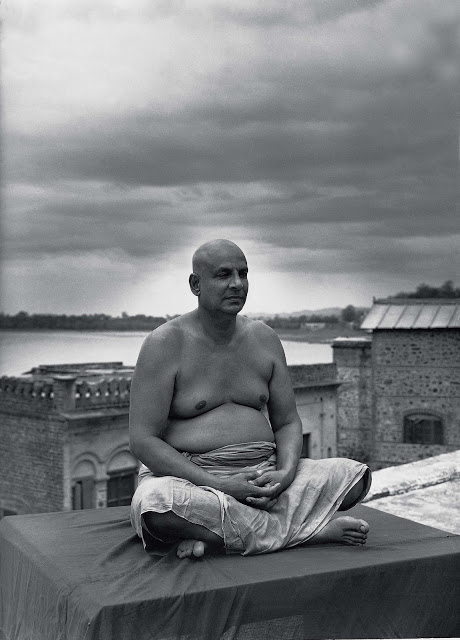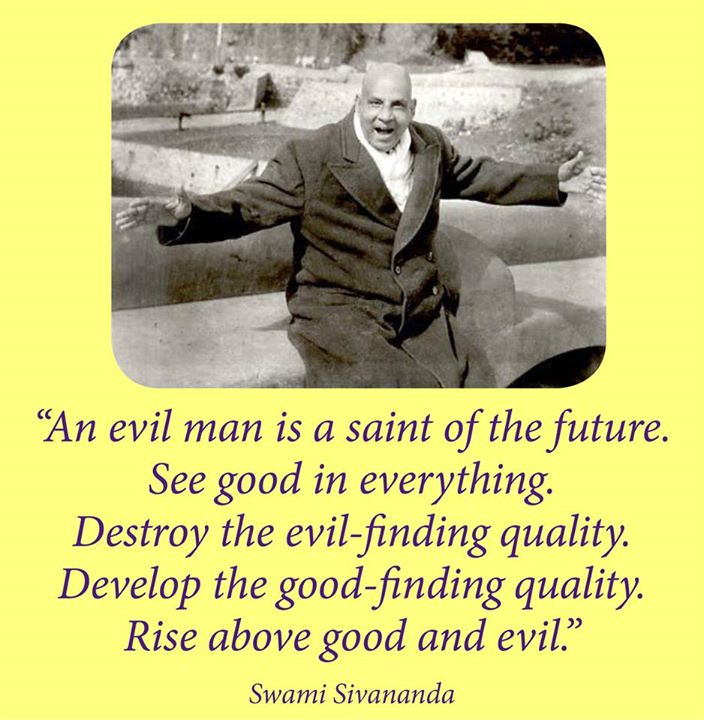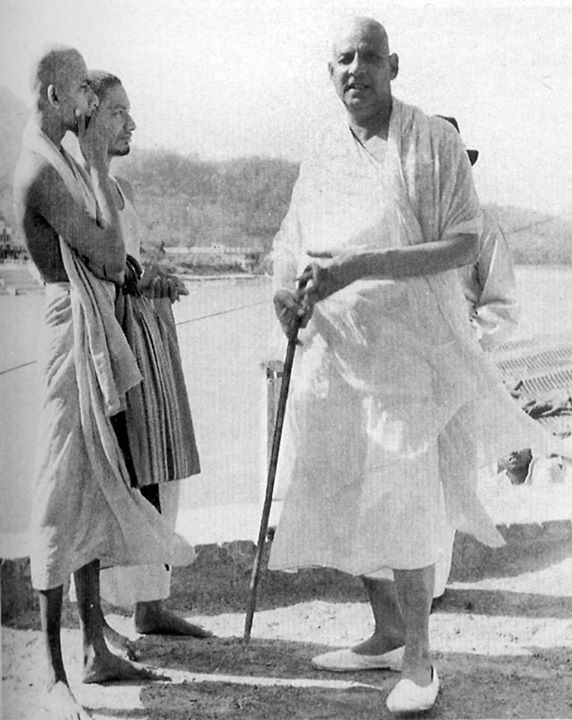HINDU FASTS & FESTIVALS : - 24-4.2.4.

24. Pradosha Vrata - 4.2 2. Let me now describe the actual process of Shiva-Raja Yoga:4 The dream and the deep sleep states also have their four sub-divisions which have to be passed. When the Yogi comes to the thirteenth stage, he is in the waking part of the fourth state. The vision of Lord Shiva in the form of Self-Consciousness now begins. The form of the Lord appears before him as though coming out of the lights, which began at stage four of the sixteen stages. From this stage onwards the mind loses its sense of separate activity. It becomes deeply absorbed in the Self within. On the 13th lunar day Nature assists the worshipper in waking up from his mental deep sleep and in becoming aware of the fourth state. The Yogi who practises his Yoga on the Pradosha day gets these experiences of Lord Shiva quite readily. Swami Sivananda To be continued .....








